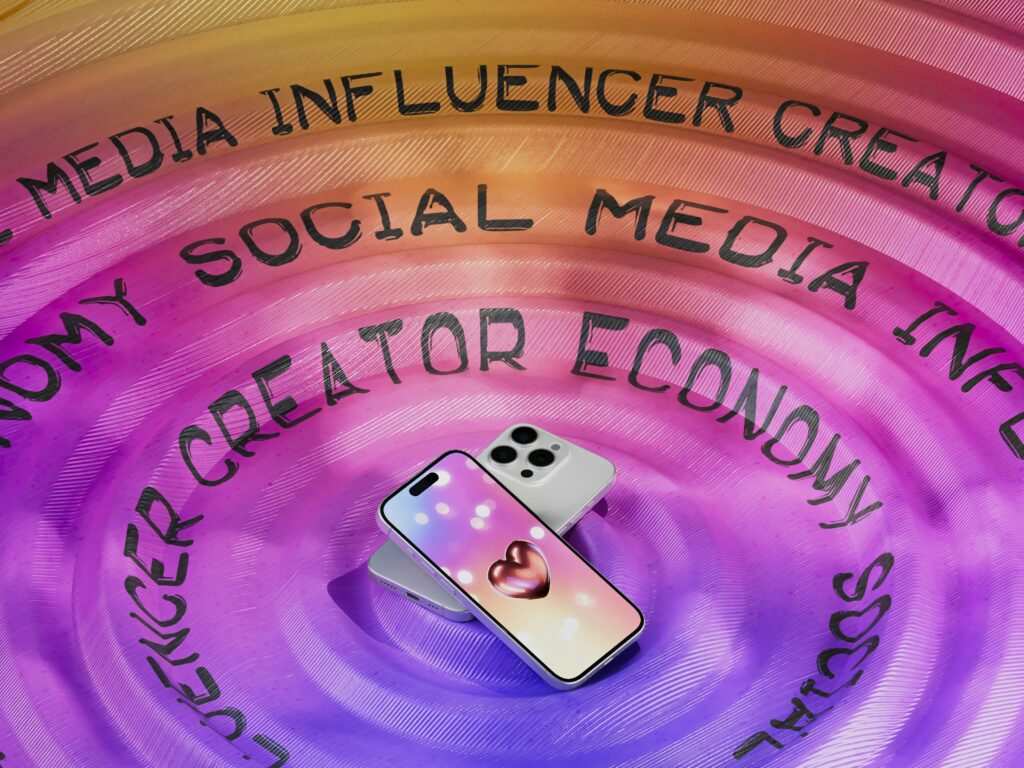In the fast-paced world of technology and business, there is one trend that is shaking things up in ways we never expected: the rise of virtual influencers. These digitally-created personalities are taking social media by storm, with their flawless appearances and carefully curated content captivating audiences around the globe.
What sets virtual influencers apart from their human counterparts is their ability to be constantly “on” – they don’t need breaks, sleep, or even a physical body to maintain their online presence. Brands are quickly catching on to the potential of these digital stars, partnering with them for sponsored content and collaborations. In fact, according to a recent study by eMarketer, spending on influencer marketing is expected to reach $13.8 billion in 2021, with virtual influencers playing a significant role in that growth.
One such virtual influencer, Lil Miquela, has amassed millions of followers and secured partnerships with major brands like Prada and Calvin Klein. “Virtual influencers offer a level of control and consistency that traditional influencers can’t always match,” says marketing expert Karen Smith. “Brands can ensure that their message is always on point, without worrying about any off-brand behavior.”
While the concept of virtual influencers may seem futuristic, it is rapidly becoming a reality in today’s digital landscape. As technology continues to evolve, we can expect to see even more innovation in how businesses engage with their audiences, blurring the lines between the real and the virtual.



